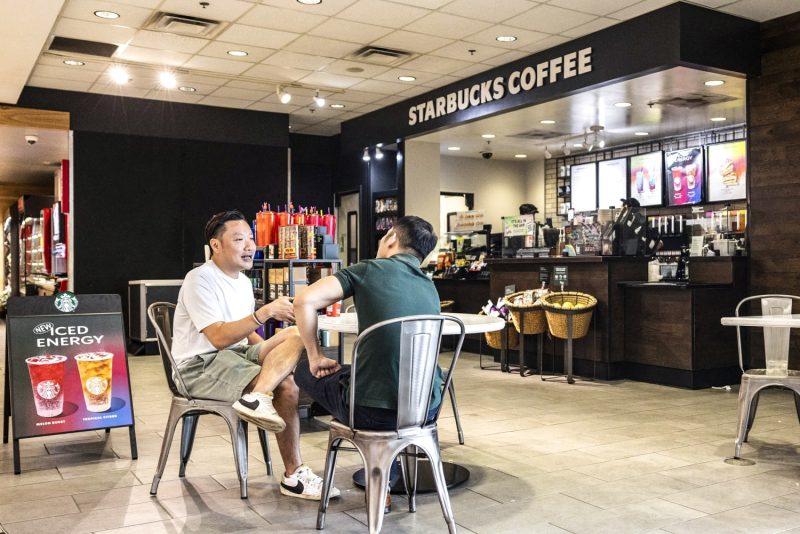Starbucks has long been known as the king of coffee chains, reigning supreme in the hearts and minds of caffeine aficionados everywhere. However, recent reports have shown a decline in sales for the coffee giant, signaling a troubling trend that has left the company reeling and searching for ways to recapture its former glory.
One of the primary reasons cited for Starbucks’ sales decline is the increasing competition from smaller, specialty coffee shops that have been cropping up in neighborhoods across the country. These independent cafes offer a unique, artisanal approach to coffee that resonates with an increasingly discerning consumer base seeking a more personalized and authentic experience.
Additionally, the rise of remote work culture and the shift to more flexible work arrangements in the wake of the pandemic have impacted Starbucks’ business model. With many individuals opting to work from home or from co-working spaces, the once bustling Starbucks locations have seen a significant drop in foot traffic, leading to a decrease in sales.
Furthermore, the changing consumer preferences and heightened awareness around social and environmental issues have also played a role in Starbucks’ sales decline. As more consumers prioritize sustainability and ethical sourcing practices, Starbucks has faced criticism for its reliance on single-use plastic cups and lack of transparency in its supply chain.
In response to these challenges, Starbucks has begun to implement changes aimed at revitalizing its brand and attracting customers back to its stores. The company has introduced new menu items, such as plant-based alternatives and seasonal offerings, to appeal to a wider range of tastes and dietary preferences.
Moreover, Starbucks has also made a concerted effort to enhance its digital offerings and improve the overall customer experience. The introduction of mobile ordering and contactless payment options has made it easier for customers to order their favorite drinks ahead of time and skip the line, catering to the on-the-go lifestyle of many consumers.
Despite these efforts, Starbucks continues to face an uphill battle as it navigates a rapidly evolving market landscape. With competition intensifying and consumer preferences shifting, the coffee chain will need to stay agile and innovative to regain its footing and recapture the hearts of coffee lovers everywhere. Only time will tell if Starbucks can rise to the occasion and reclaim its status as the reigning monarch of the coffee industry.
